🤯Breathing during exercise is a topic that has been debated for years now. It seems like a mundane topic but highly impacts your performance during your training. Weirdly enough, there’s a proper way to breathe during exercise to maximise your gains from your workout.
Some say breathe normally as you would involuntarily. Some people teach a “proper technique”.
Which one is right?🤔
The answer might not be as clear-cut as expected.
We all know that during exercise, it is important to breathe properly in order to maximise performance. When you are out of breath, your body can’t function at its highest level and will begin to lose the ability to deliver oxygen efficiently.
☝️ In this article, we will discuss the best breathing techniques and exercises to maximise performance during workouts and other workout disciplines!
✨Why proper breathing matters
It might be weird to think that a process we’ve been doing involuntarily ever since we were born needs to be taught. However, breathing for everyday function can be slightly different compared to breathing during a workout.
Let’s cover why it is important to breathe properly during exercise.
An effective breathing pattern facilitates the transport of oxygen to the working muscles and helps remove carbon dioxide from the body. It also provides a regular rhythm for the cardiovascular system and helps to control blood pressure.
When you breathe correctly, your diaphragm contracts and moves downward. This increases the volume of your chest cavity and causes your lungs to expand, so that air flows into them. The oxygen in the air then diffuses into your blood and is carried to the muscles.
Incorrect breathing can cause a number of problems, including shallower breathing, which doesn’t move as much air into the lungs. This can lead to hyperventilation, or over breathing, which means you get rid of too much carbon dioxide. This can cause dizziness, lightheadedness, and tingling in the extremities.
If you’re not breathing properly, your performance will suffer. Breathing during exercise is just as important as breathing in your everyday life. It just so happens that you need to be more mindful of your breathing technique so you can maximise what you can get from your training.
🔎How your lungs work
We might take for granted a body function so simple and vital to everyday life. Most of us just breathe without even thinking about it. But how do our lungs work, and how does this relate to exercise?
The air we breathe in contains oxygen, which our cells need for energy. The process of cell respiration uses oxygen to convert glucose into energy. This happens in the mitochondria, which are the powerhouses of the cell.
Our cells produce carbon dioxide as a waste product of this process. This carbon dioxide needs to be removed from the body so that it doesn’t build up and cause problems.
The lungs are responsible for exchanging these gases between the air and the blood. When we breathe in, oxygen-rich air enters the lungs and diffuses into the blood. The oxygen is then carried to the cells by red blood cells.
At the same time, carbon dioxide-rich blood from the cells enters the lungs and is exhaled out of the body. This process happens continuously so that our cells can keep getting the oxygen they need and getting rid of carbon dioxide.
During exercise, our cells need more oxygen to produce energy. This means we have to breathe more so that more oxygen-rich air can enter the lungs and diffuse into the blood.
The more we move, the more we need to breathe.
👉Diaphragmatic Breathing
You might most likely have heard of the diaphragm. The diaphragm is a large muscle located between the chest and the abdomen. Its main function is to help with breathing by contracting and relaxing.
When we inhale, the diaphragm contracts and moves downward. This increases the volume of the chest cavity and causes the lungs to expand so that air flows into them.
When we exhale, the diaphragm relaxes and moves upward. This decreases the volume of the chest cavity and causes the lungs to deflate so that air flows out of them. The diaphragmatic breathing technique help maximise performance and helps in reducing stress and improving cardiovascular parameters.
💯General rule for proper breathing during exercise
We’re going to dive deeper into this topic later on. But to summarise, you need to breathe in through your nose during exercise and exhale through your mouth.
For most people, this will be a ratio of two counts inhaling for every one count exhaling. So if you’re counting to four while inhaling, you would count to eight while exhaling.
But this will vary from exercise to exercise.
✊ “Breathe through your diaphragm!”
Before starting an exercise, try the diaphragmatic breathing technique first so you can get a feel on how to control your breath. This technique is popular amongst singers and swimmers, but other disciplines such as calisthenics can massively benefit from this technique.
Place one hand on your stomach and the other on your chest. Slowly inhale through your nose, allowing your stomach to push out first. Then once you can’t inhale anymore, allow your chest to rise as you exhale through pursed lips.
Start with five deep breaths then progress from there. This will help you get in touch with your breath and how to control it.
✊ Don’t hold your breath!
A tight core and body equals holding your breath. So when you’re holding a plank or performing a pull-up, it’s tempting to hold your breath but this will only negatively impact your workout performance in the long run.
Holding your breath can raise your blood pressure which can result into dizziness, nausea, or even worse, heart attack. On the contrary, breathing deeply can lower your blood pressure which can help you maximise your performance while keeping your relaxed in your training.
How to breathe for strength💪 training
Breathing properly engages the muscle in the long run. For these strengthening exercises, we’ll focus on the isotonic movements. This means having an eccentric (lengthening phase) and concentric (shortening phase of the muscles).
For example, in push-ups, when you go down, you’re performing an eccentric phase AKA the negative phase of the exercise. As you go, you’re performing a concentric phase AKA positive phase of the exercise.
Read more: 📍Push-up Ultimate Guide
For these strengthening exercises, breathe deeply, inhale in the eccentric phase then exhale in the concentric phase of the exercise.
- The multiple reviews show that we are stronger during the eccentric portion of the exercise, this means that we’re able to push or pull more weight during this phase. Take advantage of this phenomenon by deeply breathing as you perform the negative.
- Then as you when performing the concentric, immediately explode while expelling out all the air to maximize the body tension and power output. The same technique is used by boxers when throwing a punch. Those hissing sounds are exhalations to get a forceful punch.
In a calisthenics setting, let’s take push-ups for example.
Breathe in as your lower down from your push-up, then when you reach the bottom (please do full range of motion as in chest close to the floor), immediately expel out the air through your mouth and explode back into the top starting position.
For pull-ups, from your dead hang, breath in. Then as before you start pulling into the chin over the bar position, breath out. Slowly breath in as you lower down your body from the top.
Read more: 📍Ultimate Guide to Pull-ups
⚡️How to breathe for cardiovascular endurance training
Cardiovascular endurance training AKA cardio breathing technique is different since you don’t have those isometric motions.
In cardio, you’ll be doing repetitive motions that don’t provide progressive resistance.
Read more about cardio: 📍Cardio vs Calisthenics
There are two types of cardiovascular training: there’s steady-state training and there’s high intensity interval training.
✔️Steady-state training
SST cardiovascular exercises or aerobic activity are usually done at a moderate pace for an extended period.
This could be anything from running, swimming, biking, brisk walking or even regular walking. The breathing during this type of cardio is to maintain a steady rhythm so you can keep going for the duration of your training.
You’ll want to breathe through both your nose and mouth to get the most oxygen possible.
Inhale and exhale deeply so your stomach expands as you inhale and contracts as you exhale. This is also known as belly breathing (or the diaphragmatic) and it allows for a deeper breath which leads to more oxygen uptake by the lungs.
☝️Protocol
The ideal breathing rhythm is said to be two counts inhaling and four counts exhaling. This breathing rhythm will help you maintain a steady pace and not get too out of breath.
Breathing technique more consistent avoiding shallow breaths to allow more nitric oxide which helps you increase oxygenated blood flow to your heart and muscles.
✔️High-Intensity Interval Training
In contrast to steady-state cardio, high-intensity interval training is done by alternating periods of high-intensity exercises with low-intensity recovery periods. It’s a great option for fat loss and cardiovascular endurance when training time is limited.
Research shows that it (even with the shorter training time) can be just as, if not more, effective as steady state cardio if matched with training intensity and duration.
Read more here: 📍20-min High Intensity Interval Training Workout for Fat Loss
With HIIT, you’ll be going all out for a short burst then recover for a short period before going all out again.
This type of cardio is anaerobic which means that your body will be using stored glycogen in your muscles for energy instead of oxygen.
Since you’ll be going all out, you won’t be able to sustain a consistent breathing rhythm and will likely start gasping for air.
That’s perfectly normal since your body is trying to get as much oxygen as possible. The best breathing technique in HIIT is to just go with the flow and breath however you can while performing the high intensity exercise.
☝️Protocol
Inhale through your nose and mouth then exhale through your mouth. You can also do a breathing technique called panting where you inhale little by little then exhale a big burst of air.
Panting is great for HIIT since it allows you to get small sips of oxygen in between exercises which can help you perform at a higher level.
When you get into the active rest period, it’s time to slow down your breathing and get some oxygen back into your system to improve your athletic performance.
Inhale and exhale deeply to help you recover and prepare for the next high intensity exercise.
✔️How to breathe for isometric holds
Isometric holds are excellent exercises to build strength in a particular position and range of motion.
Popular isometric holds in calisthenics are planches, handstands, planks, and levers. These exercises are obviously hard and require full body control.
A common concern is that people tend to hold their breath when holding isometric holds.
Holding the breath provides more core activation which provides more muscle stability. This makes holding the breath tempting when aiming for longer isometric holds.
It can be second nature might really hold the air in but possibly resulting in overfatigue and injury. We’ve even experienced someone passing out when performing high-intensity exercise while completely holding the breath.
☝️Protocol
For isometric holds, you need to treat it like an isotonic exercise..
To do this, simply inhale as you squeeze your muscles in the isometric hold then exhale slowly as you continue to hold the exercise. Repeat the deep breaths while maintaining the isometric position.
Don’t get tempted prolonging your hold time by holding your breath. If you can’t hold an exercise long enough to hit ng minimum training volume, then it means you’re simply using a too difficult progression. Choose an easier exercise.
Read more: 📍Progressive Calisthenics
Breathing during an isometric hold is much more challenging compared to just holding your breath. But this allows you to build strength safely and properly, which can also translate to longer hold times.
☝️Tips for proper breathing
- Spend 2-5 minutes of practising your breathing technique before your workout or even outside your training. Deep breaths aren’t only for your workouts. It’s also effective for developing a healthy and stress-free mind.
- If you’re going to practice your breathing technique for a specific exercise, choose an easier progression first to practice the technique before moving towards the challenging progression for you.
- Study the breathing technique that will suit your choice of exercise.
- The more you do it, the more it will become second nature. It definitely needs some mindfulness when first learning, but it will become easier over time.
📌Takeaway
Breathing is important not only in everyday life but also during exercise. Proper breathing helps improve your athletic performance, get more oxygen to your muscles, and prevent injuries. Try out different techniques and see what works best for you!
The takeaway from all this is that you need to be mindful of your breathing during workouts, especially if you’re looking to maximise your performance.
It doesn’t matter if it’s swimming, running, jogging, calisthenics, weightlifting or even karate or dancing. YOU NEED TO BREATHE.
Different techniques will work for different people, so experiment and see what works best for you. With a little practice, you’ll be able to get the most out of your workouts and feel great doing it!
Just like the skills you’re working on, you will eventually master it!
🧐Need a training program?
Practising breathing is easy. Just do it anywhere at any time or do it before your workout. But finding a proper training program to use your proper breathing technique can be time consuming and overwhelming.
If you’re looking for a training program that builds muscles, develops functional movement, and improves your mobility for free and pain-free movement, then we recommend checking out The Movement Athlete.
TRY THE PERSONALIZED, ADAPTIVE CALISTHENICS PROGRAM FOR 7-DAY FOR FREE!

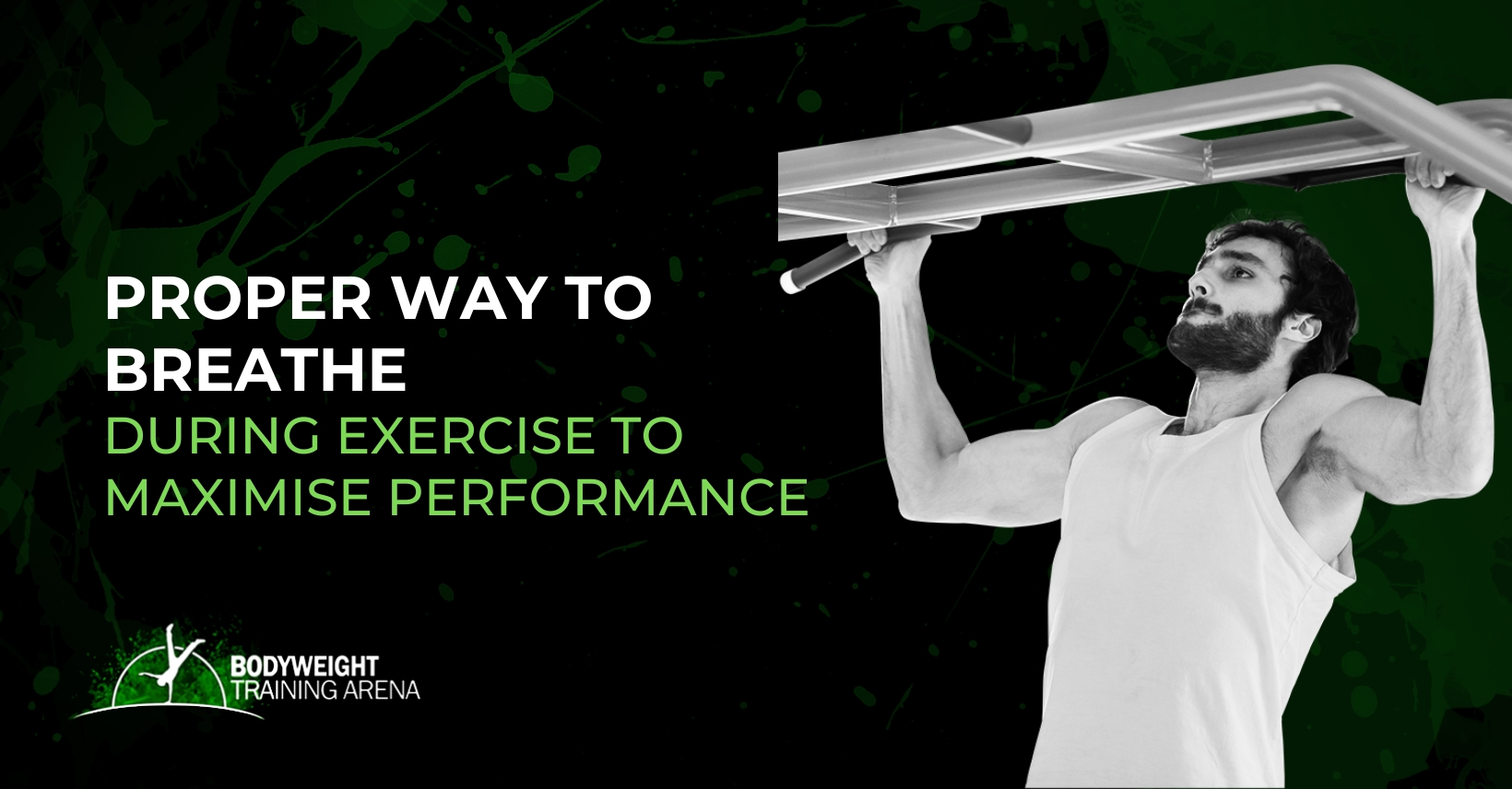
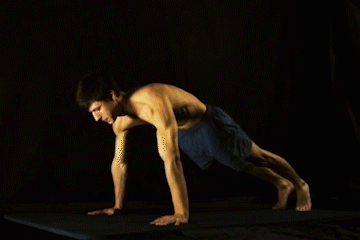



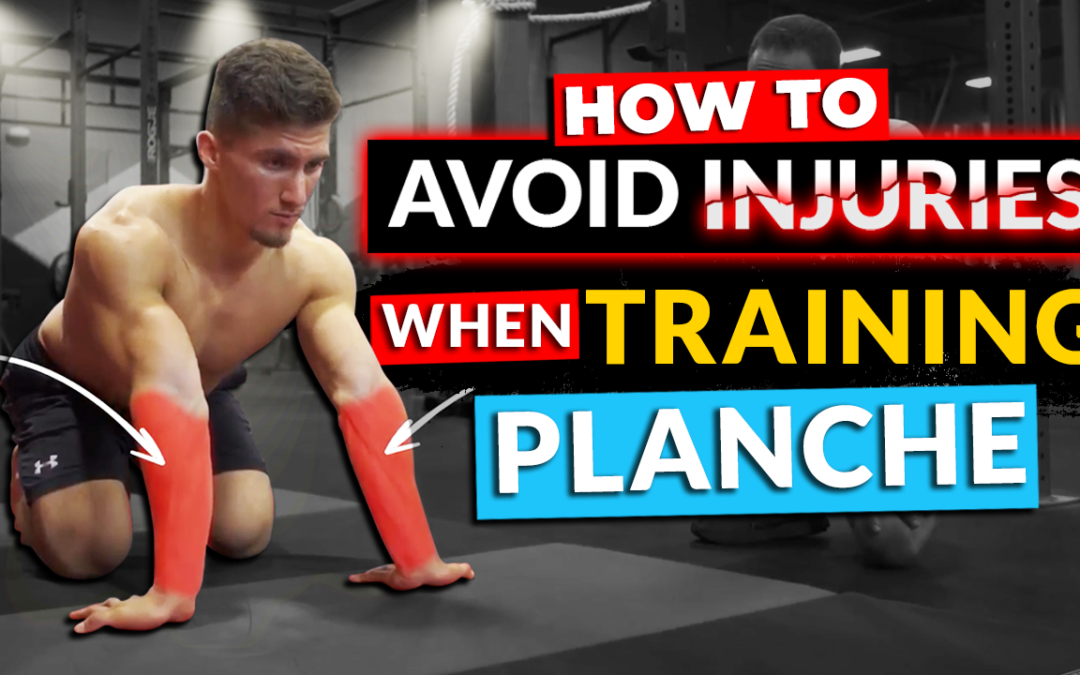
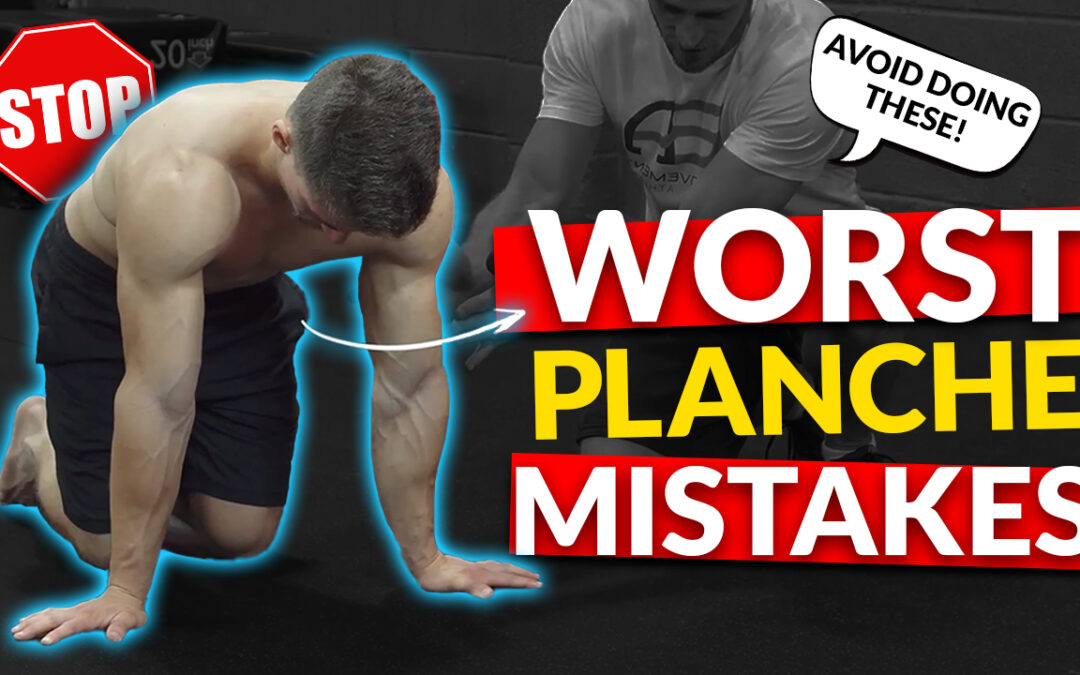


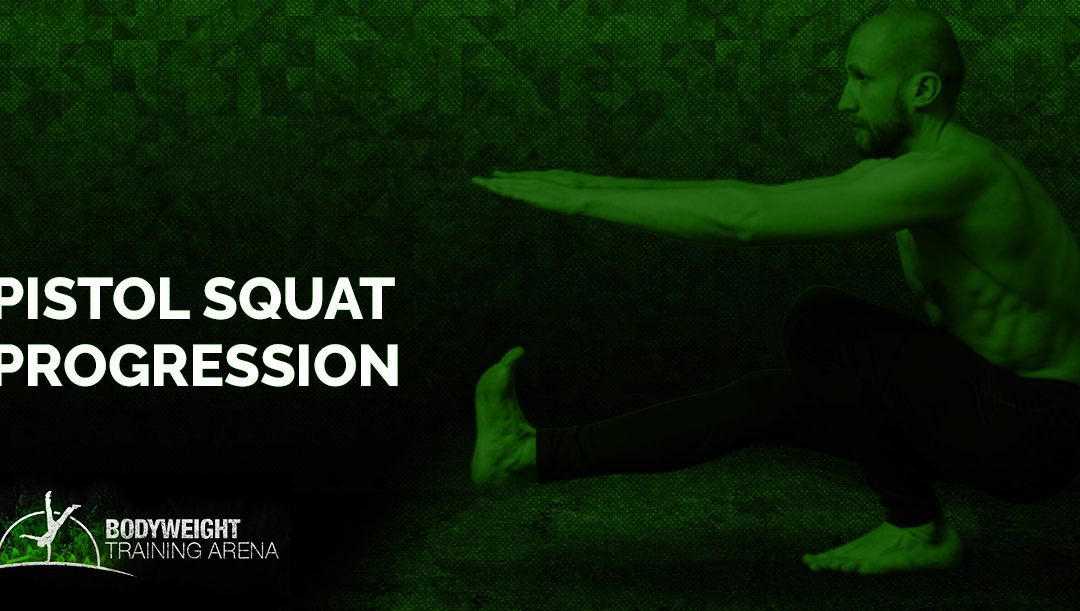

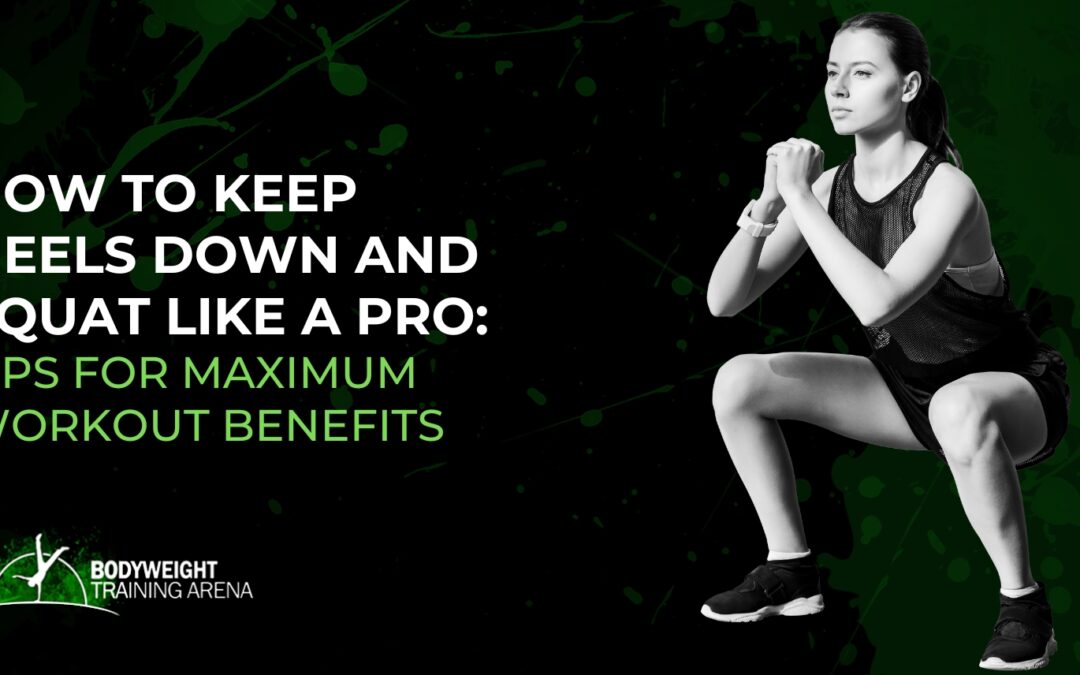

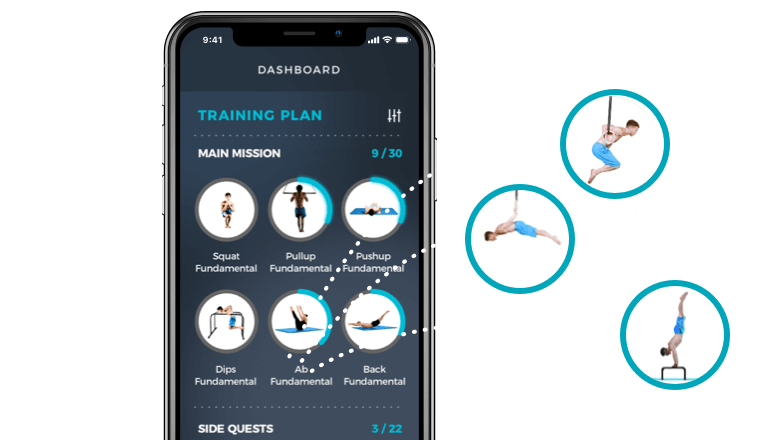
0 Comments